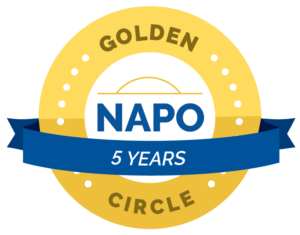 I just read the most interesting article in the September issue of Real Simple magazine which reminded me of just how little quiet most of us have in our daily lives and how much noise we are subjected to on a constant basis.
I just read the most interesting article in the September issue of Real Simple magazine which reminded me of just how little quiet most of us have in our daily lives and how much noise we are subjected to on a constant basis.
We get up and turn on the TV/radio to catch up on the news, weather, and traffic. We get in our cars and check news, weather, and traffic. We go into our offices where the phone is ringing, our computers alert when we receive an e-mail or instant message, we attend meetings with lots of people talking (sometimes all at once). Then, when we leave the office we do it all in reverse, substituting the meetings with entertainment from our TV or other electronic devices.
Even when we are in the great outdoors, we hear cars, plane, trains, lawnmowers, trimmers, leaf blowers . . . it just doesn’t stop! When do we encounter true peace and quiet?
Interesting statistics according to the Real Simple article:
- 25% of US adults ages 20-69 show signs of noise-induced hearing impairment.
- A recent study in Ireland showed 50% of millennials shows early signs of hearing loss, mostly from excessively loud music in their headphones.
- More than 20 studies have shown that noise pollution can affect children’s learning outcomes and cognitive performance.
- Any noise over 85 decibels can damage hearing over time.
- The World Health Organization recommends a limit of 40 decibels overnight to prevent sleep disturbance.
- What are the decibel levels of items we may encounter every day?
Typical conversation: 60 decibels
Blender: 88 decibels (I started wearing earplugs when I make my daily smoothie)
Barking dog: 90 decibels
Hand Drill: 98 decibels
Sporting event: 100 decibels (unless you were a Seattle Seahawk fan at the stadium in 2013 when the record was set at 136.6 decibels)
Fitness class: 110 decibels (a bit ironic, right?)
So, what can we do about it?
- Be diligent about ear protection when encountering noise, even for a short period of time.
- Monitor your environmental noise levels. There is a handy app for our smart phones to help us with this.
- Contact your government representatives asking for assistance to create and/or monitor anti-noise laws.
Above all else, find a place and time to give yourself a bit of peace and quiet . . . you deserve it and will likely be more healthy, and possibly smarter, because of it.
Cindy Jobs
National Association of Productivity & Organizing Professionals, Seattle Chapter
National Association of Professional Organizers, Seattle Chapter Vice President
Institute for Challenging Disorganization
Level I Certificates earned in Chronic Disorganization; ADD; Client Administration; Time Management; Mental Health; and Hoarding.
Level II Specialist Certificates earned in Chronic Disorganization and ADHD.
Coach Approach for Organizers
Graduate of the Comprehensive Training Program: Coaching Essentials; Strengths-Based Coaching; Brain-Based Coaching; Life and ADHD Coaching; and Organizer Coach Integration
Graduate-level training: Body-Based Coaching; ADHD Coaching Competencies


















